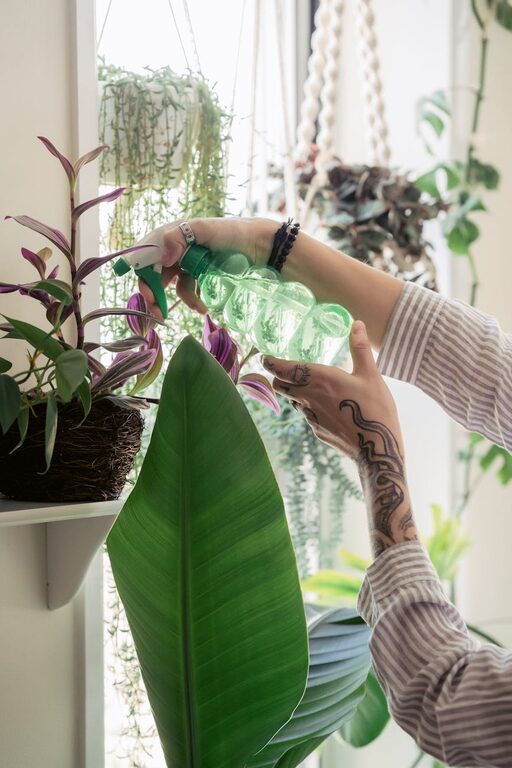
Tips for Keeping Houseplants Healthy and Thriving Indoors
Bringing houseplants into your home can brighten up your space, improve air quality, and boost your mood. However, keeping them healthy requires some basic knowledge and regular attention. Whether you are a seasoned plant parent or just starting out, these practical tips will help you maintain thriving, beautiful indoor plants.
Choosing the Right Plants for Your Space
Before bringing plants home, consider the environment where they will live. Light is the most crucial factor influencing plant health.
– Assess Light Levels: Determine if your space receives bright, indirect, low, or direct sunlight.
– Match Plants to Lighting: For low-light areas, options like pothos, snake plants, or ZZ plants do well. Bright, sunny spots are ideal for succulents and cacti.
Selecting plants suited to your home’s conditions reduces stress and helps them thrive.
Proper Watering Practices
Watering is often where most plant care mistakes happen. Overwatering can be as harmful as underwatering.
– Check Soil Moisture: Use your finger or a moisture meter to feel the top inch of soil before watering.
– Water Thoroughly but Infrequently: When watering, thoroughly soak the soil so water reaches roots, but allow excess to drain to prevent root rot.
– Adapt to Seasons: Plants generally need less water in winter when growth slows down.
Remember, different plants have varying needs. Research the specific watering requirements for your particular species.
Right Soil and Containers
Healthy roots start with suitable soil and pots.
– Choose Well-Draining Soil: Most indoor plants prefer potting mixes that drain well to avoid soggy roots.
– Use Pots with Drainage Holes: Containers without drainage can trap water at the bottom, leading to root rot.
– Repot When Needed: If roots are circling the pot or growth has slowed, repot into a slightly larger container with fresh soil.
Proper soil and containers create an optimal environment for root health.
Feeding Your Plants
Plants need nutrients to grow well.
– Use Balanced Fertilizer: A balanced, water-soluble fertilizer used monthly during the growing season supports healthy growth.
– Avoid Overfeeding: Excess fertilizer can harm plants; follow package instructions carefully.
– Consider Organic Options: If preferred, organic fertilizers can provide slow-release nutrients.
Fertilizing helps plants recover from stress and encourages vibrant foliage and blooms.
Monitor Humidity and Temperature
Indoor plants thrive best in conditions that simulate their natural habitat.
– Maintain Moderate Humidity: Many tropical plants prefer higher humidity; use humidifiers or pebble trays when air is dry.
– Keep Stable Temperatures: Avoid placing plants near drafts, heaters, or cold windows.
– Rotate Plants Regularly: Turning plants occasionally ensures even exposure to light and prevents uneven growth.
Creating a comfortable environment supports plant vitality.
Regular Cleaning and Pruning
Keeping plants clean promotes health and appearance.
– Dust Leaves Gently: Wipe leaves with a damp cloth to allow for better photosynthesis.
– Prune Dead or Yellowing Leaves: Removing damaged foliage prevents disease and encourages new growth.
– Check for Pests: Inspect leaves regularly for pests such as spider mites or aphids and treat promptly if detected.
Routine care keeps plants looking their best and prevents problems.
Troubleshooting Common Issues
Even with proper care, problems can arise.
– Yellow Leaves: Often a sign of overwatering or poor drainage.
– Wilting: May indicate underwatering or root damage.
– Brown Leaf Tips: Could be due to low humidity or fertilizer burn.
Identifying issues early allows you to adjust care and help plants recover quickly.
Enjoying the Benefits of Healthy Houseplants
Healthy houseplants not only brighten your living space but also purify indoor air and contribute to a relaxing atmosphere. With these straightforward tips, you can nurture your indoor garden successfully and enjoy its many benefits for years to come.
Happy planting!
